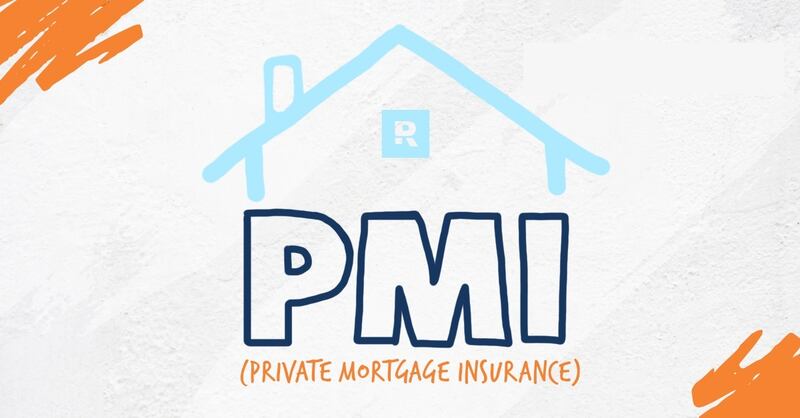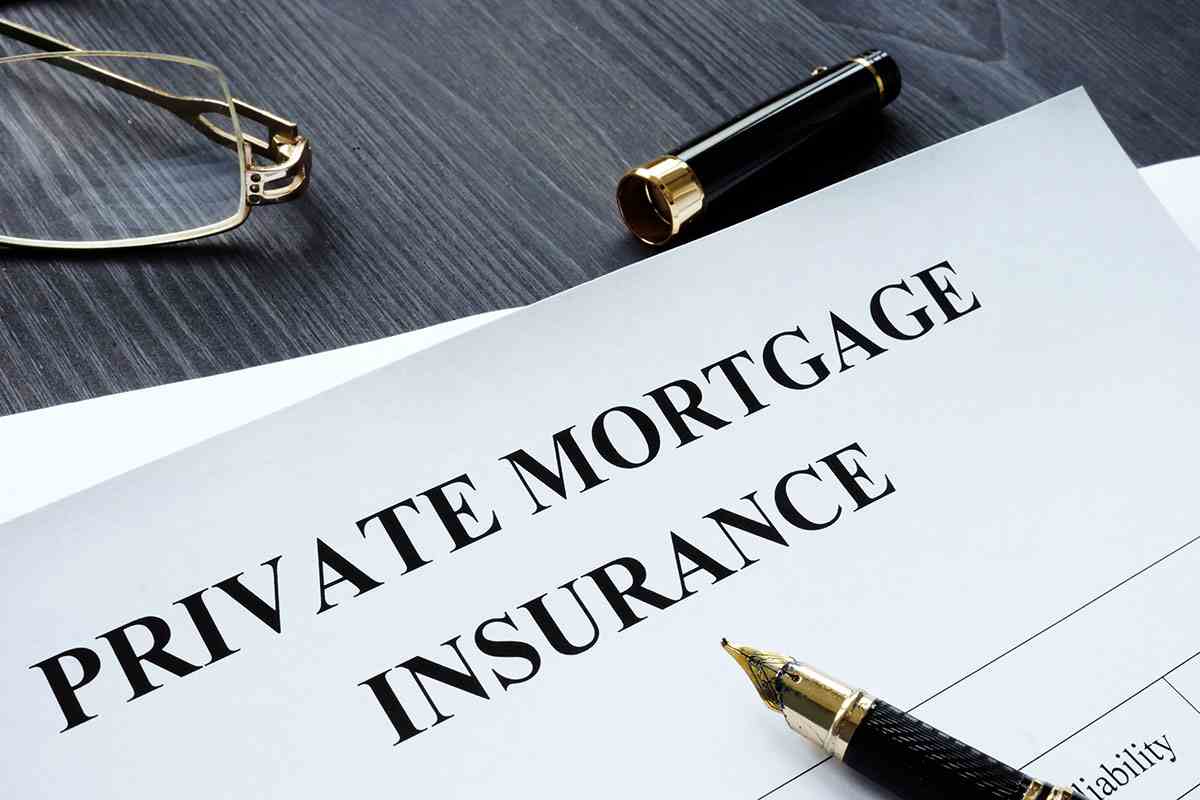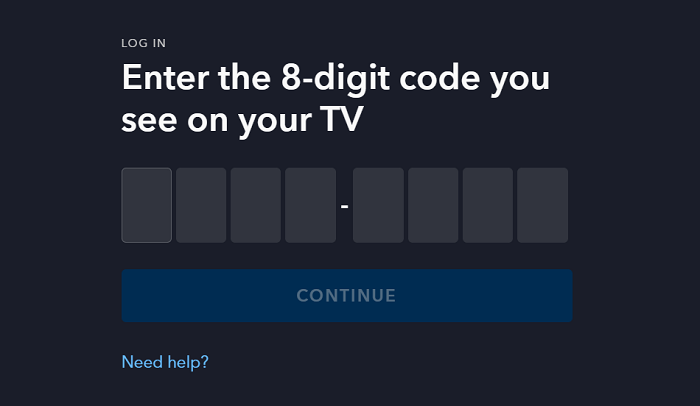Buying a home is a mysterious and very exciting voyage, and for most, it’s also the biggest financial investment they have to make. When you are in the process of purchasing a home with less than a 20% down payment, there is something called private mortgage insurance. As exciting as this may be, PMI can feel at times like an added expense, though understanding it can quite literally open the door to home buying. In this primer, we are going to show you how to get private mortgage insurance and also provide you with some practical ways of managing it.
Table of Contents
ToggleWhat is private mortgage insurance, precisely?
Private mortgage insurance is designed to protect the lender when a borrower goes into loan default. This basic, simplified concept of PMI reduces the risk taken by the lender in case the buyer can’t meet the standard requirement of a 20% down payment. Though PMI enables you to buy a home sooner, it doesn’t directly benefit you as a borrower but only exists to protect the lender.

Think of this as an insurance policy for your lender, which gives them some financial elbow room when a default occurs, the requirement when buyers put down less than 20%. When you can understand why lenders require it, the process for getting private mortgage insurance becomes more bearable, since you are already prepared for the costs and terms involved.
Why PMI is important for first-time buyers
Saving up a 20% down payment is difficult for many first-time buyers as housing prices continue to rise. PMI allows borrowers to put down as little as 3-5% to purchase a home and thus allows buyers to enter the market more quickly. While many look at PMI as an added expense, it plays an intrinsic role in making aspects of homeownership more attainable.
The case of Sarah and Mike illustrates this point. After several years of saving, the couple had only saved 10 percent of the home’s price. Without PMI, these same buyers would have had to save several more years to reach a 20 percent down payment. PMI allowed them to purchase their home while ready, rather than waiting any longer.
How to Get Private Mortgage Insurance: Step-by-Step Guide
In trying to make this process a little more crystal clear, let’s break down the steps involved in effectively getting private mortgage insurance and understand them one by one:
1. Decide How Much You Want to Put Down
Begin by identifying your down payment options. How much down you can put influences whether or not you are required to pay PMI. If less than 20% is made as a down payment, most definitely, PMI will activated. Knowing this up-front will now enable you to plan your budget already for PMI costs, with no surprise later in the process.
Pro tip: If you’re getting close to that 20% mark, consider whether you can increase your down payment a smidge to skip out on PMI altogether. Some buyers may find creative options to gather additional funds through savings, gifts from the family, or other financial resources.
2. Talk about PMI requirements to your lender
Each lender has different requirements regarding PMI, so you must have an honest talk about what PMI means regarding your loan. Be sure to ask the following:
- PMI rate limits: These depend on your down payment and credit score.
- Payment options: The payment options may be available on a month-to-month basis, upfront, or both.
- Cancellation terms: Understand under what conditions PMI can be canceled and how, when the equity has been built up.
This will also help you in learning how to get private mortgage insurance and will also keep you so able that you can make decisions regarding private mortgage insurance.
3. Research PMI options from various lenders
Not all lending institutions have the same terms regarding PMI. Some could have better rates or more flexible structures when paying out the PMI; hence, it is worth shopping around. The way you would shop for your mortgage rates, you could compare PMI options. Compare their policies of PMI from several lenders and go ahead with the one that suits you most.
For example, Maria’s experience indicated that, by investigating three separate lenders, she was able to find one offering a lower rate for PMI and then the ability to cancel early in the process. Her research saved her several hundreds of dollars within the first few years of her mortgage.
The types of private mortgage insurance can be
When determining how to get private mortgage insurance, it’s helpful to first understand the various types available. This may make it easier when determining what type will serve you best in your current situation.
1. Borrower-Paid Mortgage Insurance (BPMI)
This is the most common type of PMI. In this case, BPMI stands for Borrower-Paid Monthly Premium where you pay a monthly PMI premium along with the regular mortgage payment. This continues until you reach 20% equity, at which time you can request cancellation, or it can automatically end at 22%.
Example: If you borrowed the full $300,000, with BPMI at 0.5%, you would pay around $125 a month in PMI until you have enough equity.
2. Lender-paid mortgage insurance
With LPMI, the lender pays for the cost of PMI in return for your paying a somewhat higher interest rate on your mortgage. Unlike BPMI, LPMI does not roll over; you indirectly pay it in this option through your interest rate over the life of the loan.
3. Split-premium mortgage insurance
Split-premium PMI is where you would pay a part upfront and the rest monthly. This can be useful if you want to keep your monthly payment low, but can’t afford all of the PMI upfront.
For instance, if your lender offers split-premium PMI, you might pay $1,500 at closing and $50 a month. This would minimize your regular payment and you won’t be forced to pay the full cost in one go upfront.
4. Single-premium mortgage insurance
If you get a single-premium PMI, you pay the entire PMI policy once as a lump-sum payment at closing. Yes, it might run you a few thousand bucks, but single-premium PMI may reduce your ongoing costs, particularly if you stay in your home awhile.
How to cancel PMI when you have enough equity
One positive about PMI is it does not have to follow you for the rest of your mortgage life. Here’s all you need to know about canceling PMI when the equity in your house has built up well enough.
1. Automatic cancellation at 78% loan-to-value ratio
Most lenders automatically cancel PMI when your loan balance falls to 78 percent of the home’s original purchase price. Pay attention to your statements. Call your lender if you pass that date.
2. Request early cancellation at 20% equity
You do not necessarily need to wait until you reach the 78% LTV to take PMI off. If one has made extra payments or if the value of the home increases, they can request PMI cancellation when they have at least 20% equity. Be prepared to document it using a home appraisal to prove your home’s value.
Example: John and Lisa purchased their home during a hot real estate market. In a couple of years, the value of their home appreciated and got them to the 20% equity sooner. After they paid for an appraisal of their home, they submitted a request and obtained approval for the cancellation of PMI. Their monthly payments went down.
3. Refinancing to eliminate PMI
You can refinance to remove PMI if the interest rates have fallen or if your house value has considerably appreciated. In the case of refinancing, your new loan terms may not include PMI if your LTV ratio meets the 20% mark.
How much does PMI determine affordability?
PMI tacks more onto your monthly bill and ends up making a house less affordable. Let’s take a look at just how much PMI can impact a typical monthly mortgage payment.
Depending on the lender and your credit score, PMI could add up to $100-$150 to the monthly mortgage payment on a $300,000 home when you put 10% down. While that may be a lot in addition, it can be looked at as one of the temporary costs that comes along with homeownership.
Budget considering PMI
The better option would be to budget for it, as one would any other monthly expense, to be able to hold PMI at a reasonable level. That way, factoring it in with any precalculations means not being surprised by the total month-to-month payment. This planning step can make PMI feel less of a burden and more like a tool to achieve your homeownership goals sooner.
Frequently Asked Questions about Private Mortgage Insurance
Following are some of the most frequently asked questions that homebuyers have about private mortgage insurance:
Q1. Is PMI tax-deductible?
PMI may or may not be tax deductible depending on current tax laws and depending on your income. You may want to check with a tax professional to see if you qualify for deductions, as these laws change over time.
Q2. Does PMI affect my credit score?
PMI itself does not influence your credit score. However, if you fail to make on-time mortgage payments that include PMI, then it can lower your credit, so timely payments are very important.
Q3. Is there any way I can completely avoid PMI?
Of course, the easiest way to skirt PMI would be to make a 20% down payment. When that is not feasible or desirable, there are other alternatives available, such as split-premium PMI or piggyback loans.
Get expert tips and financial guidance at LookMyFinance.com.
Closing Thoughts
Private mortgage insurance is not something one can gaze upon with great excitement; rather, it is a reality for so many home-buying journeys. Learning how to get private mortgage insurance isn’t rocket science understand your options so that you can make informed decisions and take confident steps toward home ownership.
Although PMI tacks on to your monthly costs, the added expense does buy you the opportunity to buy a home sooner- perhaps years sooner than you may have thought possible. Maneuver through your PMI options with insight, and keep costs at bay while transitioning to home ownership on your terms.






